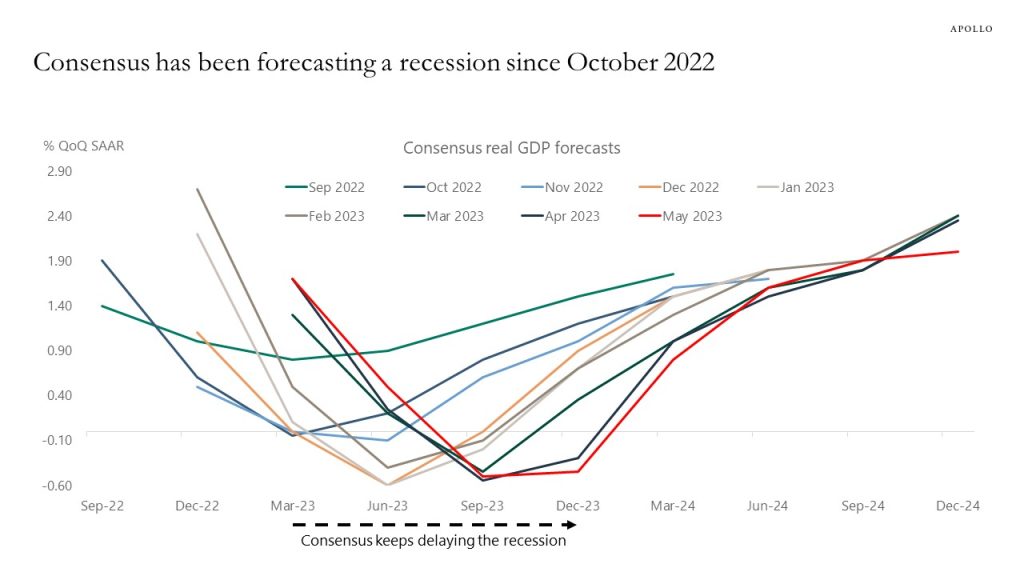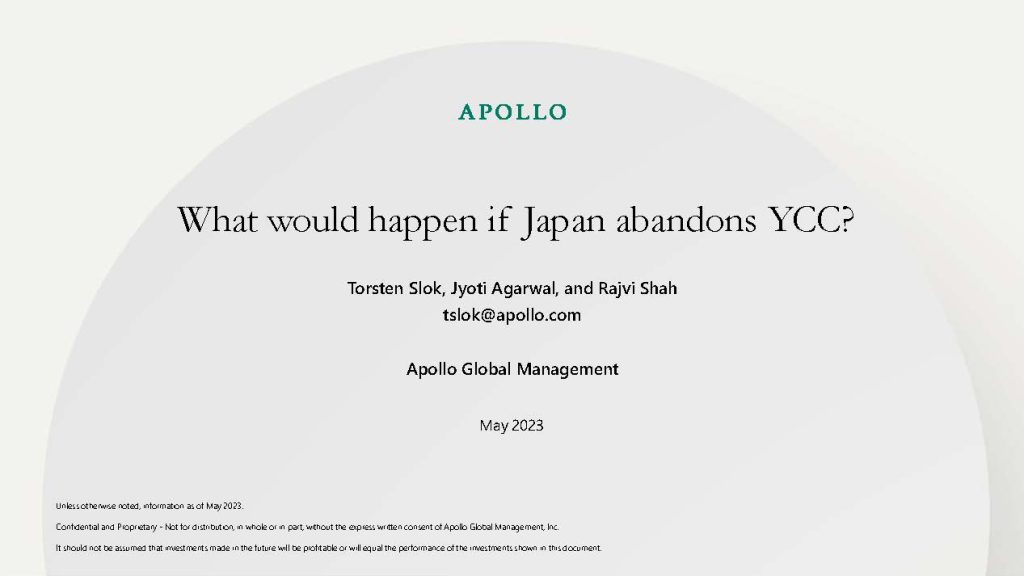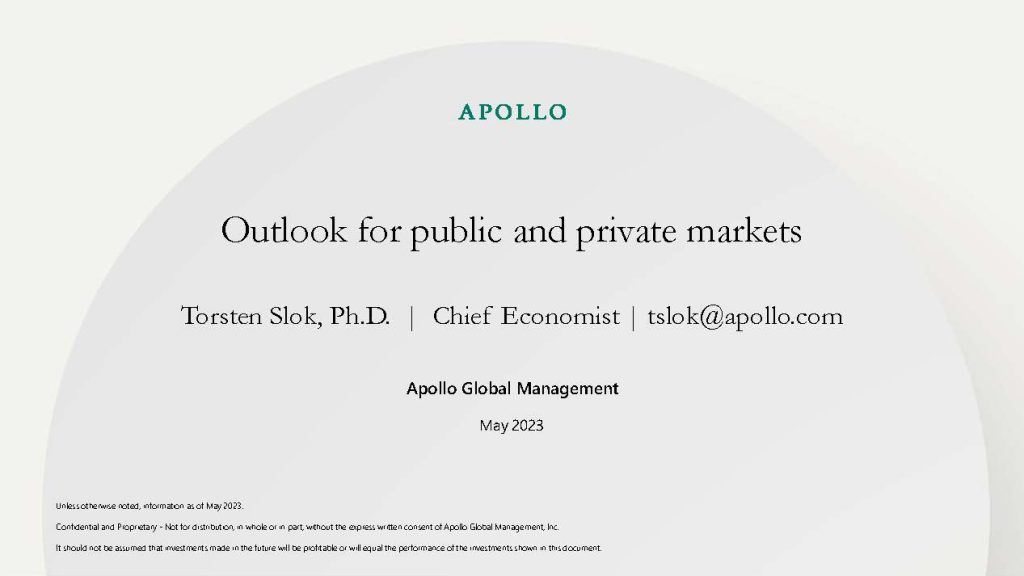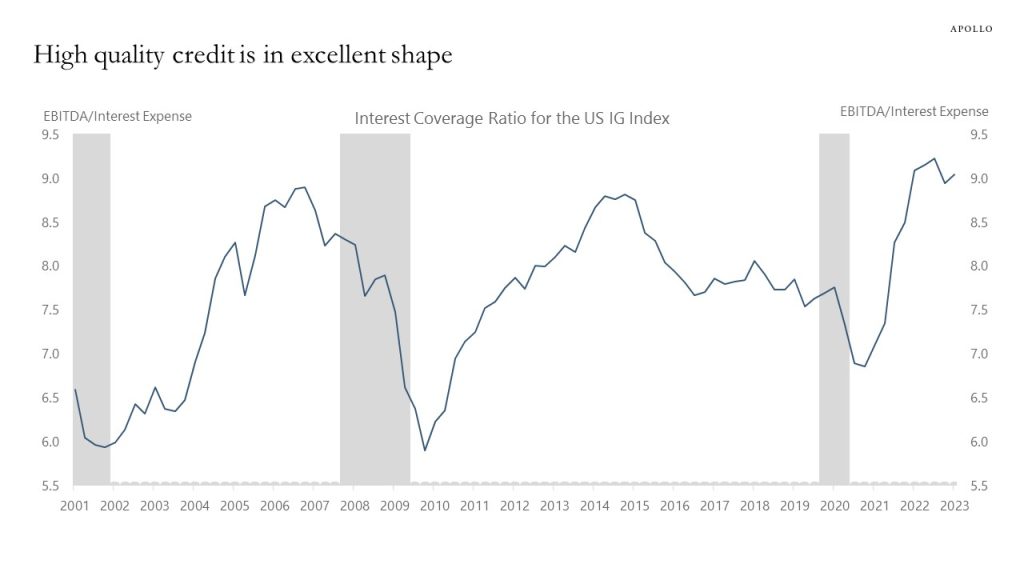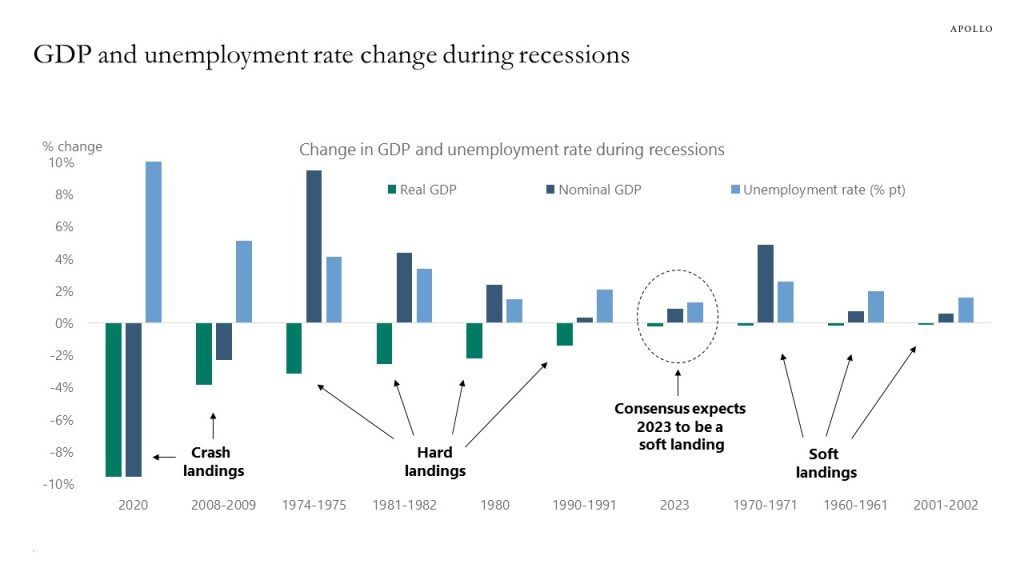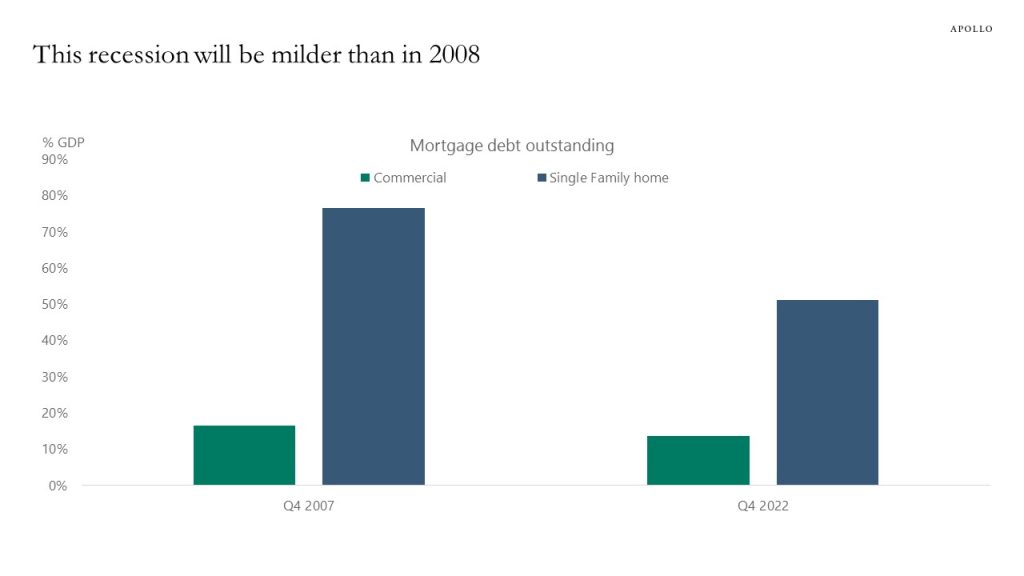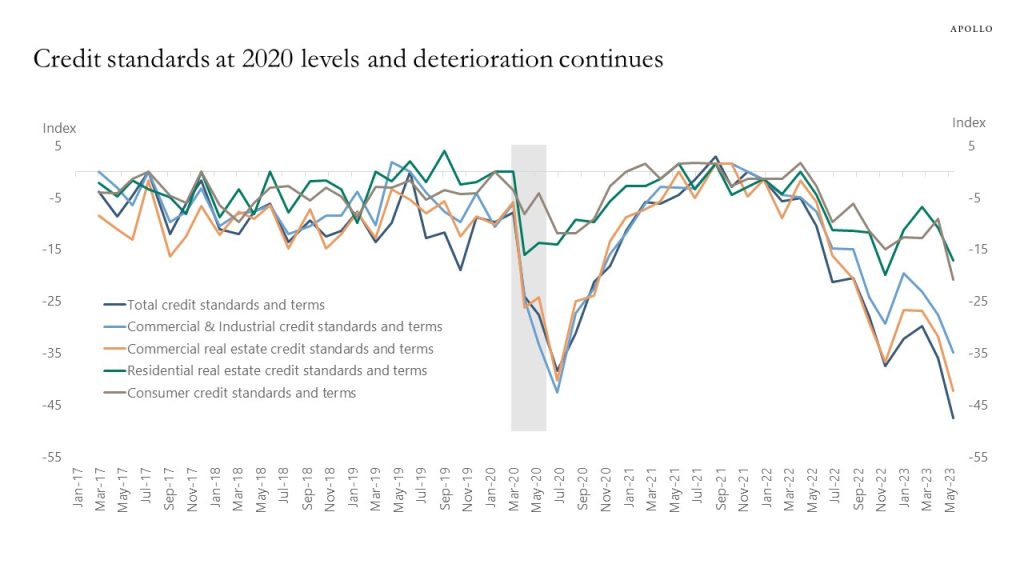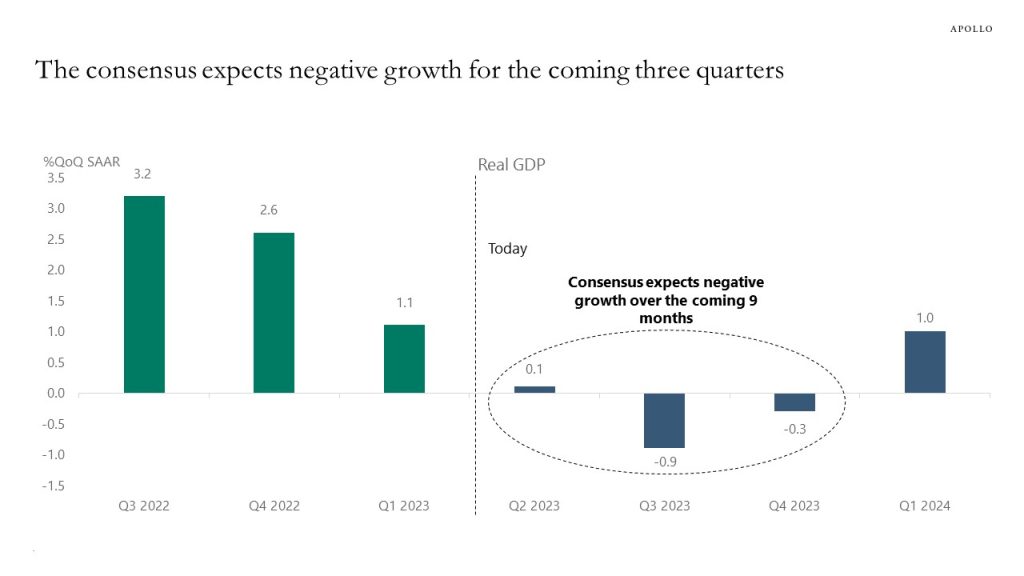A purpose-built portfolio of alternatives can replicate the return profile of public equities while mitigating key vulnerabilities of the asset class—namely high volatility, elevated inflation sensitivity, and a shrinking investable universe. In this paper, we explore what such an alts portfolio can look like and discuss practical considerations to replacing public equity with alternatives.
Key Takeaways
- A series of secular changes affecting public equity markets and a surge in inflation have accentuated some of the vulnerabilities of public equities as an asset class. Public equity markets are becoming more concentrated and less viable as a source of alpha. The asset class is also susceptible to inflation and subject to high levels of volatility.
- In crafting this paper, we asked the question: Can we build a portfolio able to keep the positive traits of public equity—namely relatively high returns—while mitigating its unwanted vulnerabilities?
- In a word: Yes. Our work shows that replacing some public equity allocations with a portfolio consisting of private equity, private debt, and real assets can deliver potential returns on par with or above those of public stocks, while reducing volatility, providing enhanced protection against inflation, and expanding the investable universe.
- Building and maintaining this type of alternatives portfolio is a complex and demanding task. Investors will have to contend with new challenges, such as liquidity and vintage risks, manager selection and access, and cashflow management.
- Asset managers are offering new solutions that aim to mitigate the challenges and simplify the process of investing in alternatives. These solutions can make it practical for both institutional and individual investors to enhance potential risk-adjusted portfolio returns by replacing some of their public equity allocations with alternatives.
The information herein is provided for educational purposes only and should not be construed as financial or investment advice, nor should any information in this document be relied on when making an investment decision. Opinions and views expressed reflect the current opinions and views of the authors and Apollo Analysts as of the date hereof and are subject to change. Please see the end of this document for important disclosure information.
Important Disclosure Information
This presentation is for educational purposes only and should not be treated as research. This presentation may not be distributed, transmitted or otherwise communicated to others, in whole or in part, without the express written consent of Apollo Global Management, Inc. (together with its subsidiaries, “Apollo”).
The views and opinions expressed in this presentation are the views and opinions of the author(s) of the White Paper. They do not necessarily reflect the views and opinions of Apollo and are subject to change at any time without notice. Further, Apollo and its affiliates may have positions (long or short) or engage in securities transactions that are not consistent with the information and views expressed in this presentation. There can be no assurance that an investment strategy will be successful. Historic market trends are not reliable indicators of actual future market behavior or future performance of any particular investment which may differ materially, and should not be relied upon as such. Target allocations contained herein are subject to change. There is no assurance that the target allocations will be achieved, and actual allocations may be significantly different than that shown here. This presentation does not constitute an offer of any service or product of Apollo. It is not an invitation by or on behalf of Apollo to any person to buy or sell any security or to adopt any investment strategy, and shall not form the basis of, nor may it accompany nor form part of, any right or contract to buy or sell any security or to adopt any investment strategy. Nothing herein should be taken as investment advice or a recommendation to enter into any transaction.
Hyperlinks to third-party websites in this presentation are provided for reader convenience only. There can be no assurance that any trends discussed herein will continue. Unless otherwise noted, information included herein is presented as of the dates indicated. This presentation is not complete and the information contained herein may change at any time without notice. Apollo does not have any responsibility to update the presentation to account for such changes. Apollo has not made any representation or warranty, expressed or implied, with respect to fairness, correctness, accuracy, reasonableness, or completeness of any of the information contained herein, and expressly disclaims any responsibility or liability therefore. The information contained herein is not intended to provide, and should not be relied upon for, accounting, legal or tax advice or investment recommendations. Investors should make an independent investigation of the information contained herein, including consulting their tax, legal, accounting or other advisors about such information. Apollo does not act for you and is not responsible for providing you with the protections afforded to its clients.
Certain information contained herein may be “forward-looking” in nature. Due to various risks and uncertainties, actual events or results may differ materially from those reflected or contemplated in such forward-looking information. As such, undue reliance should not be placed on such information. Forward-looking statements may be identified by the use of terminology including, but not limited to, “may”, “will”, “should”, “expect”, “anticipate”, “target”, “project”, “estimate”, “intend”, “continue” or “believe” or the negatives thereof or other variations thereon or comparable terminology.
The Standard & Poor’s 500 (“S&P 500”) Index is a market-capitalization-weighted index of the 500 largest U.S. publicly traded companies by market value.
Additional information may be available upon request.



